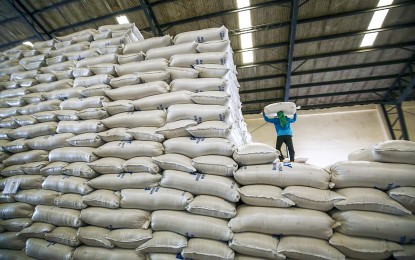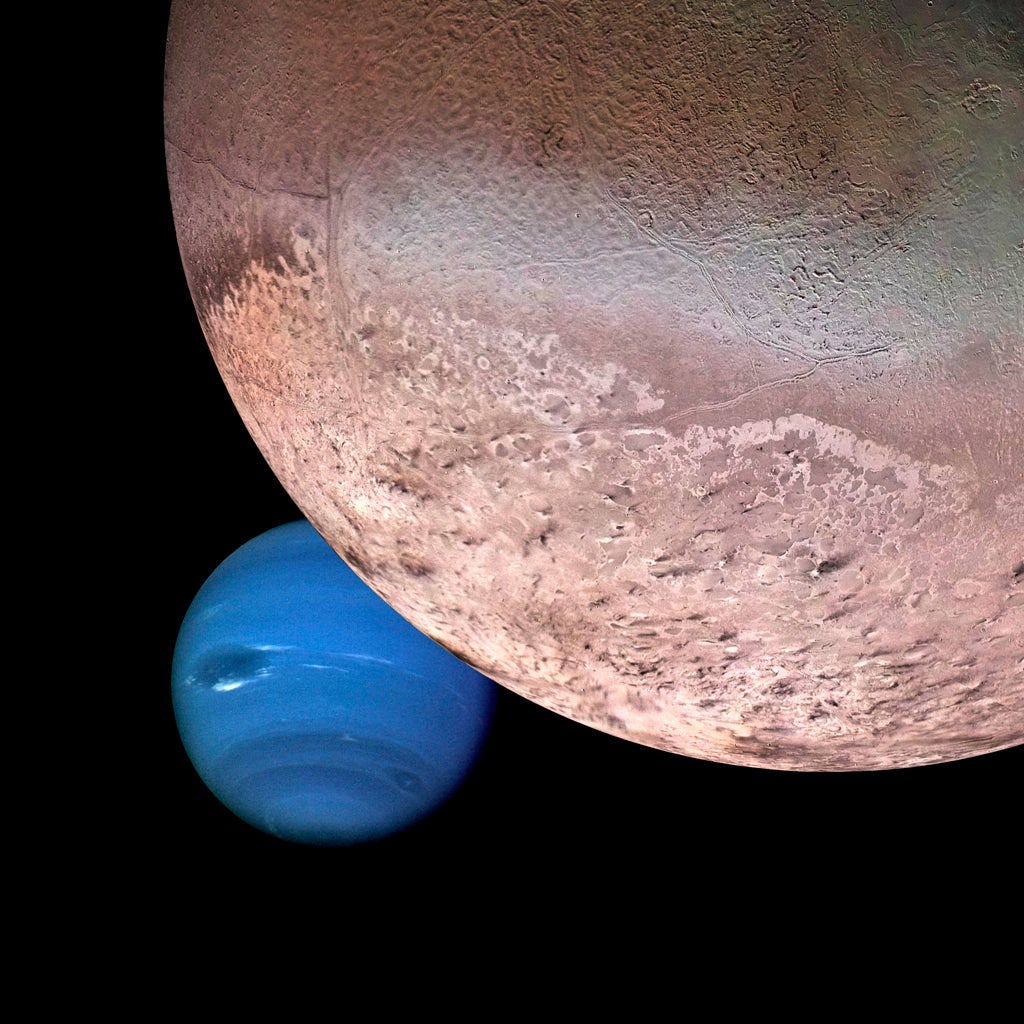Saturn: The Golden Jewel of the Solar System
Discover the beauty and mysteries of Saturn, from its iconic rings to its intriguing moons. Explore stunning discoveries, cosmic wonders, and the science behind this gas giant.

A Planet Draped in Gold
Saturn, the second-largest planet in our solar system, glows with a soft golden hue, its pale yellow clouds swirling in a mesmerizing ballet of gases. This giant is made mostly of hydrogen and helium, its vast atmosphere layered with ammonia crystals that give it its warm, creamy color. But beneath its dreamy appearance lies a chaotic world of violent storms and supersonic winds that never rest.
The Rings That Steal the Show
Saturn’s iconic rings make it the crown jewel of the solar system. Stretching over 170,000 miles wide but barely 30 feet thick, these rings are made of countless icy fragments, some as tiny as dust grains and others as massive as mountains. The rings shimmer like scattered diamonds, reflecting sunlight in a dazzling display. While they may look solid from afar, they are delicate, constantly shifting, and may one day vanish as they slowly rain down onto the planet.
A Gas Giant Without a Surface
Unlike Earth, Saturn lacks a solid ground to stand on. Its gaseous layers blend seamlessly into a deep, liquid hydrogen ocean that eventually leads to a small, mysterious core. If a spacecraft tried to land on Saturn, it would sink endlessly into its crushing depths, never finding a firm place to rest. This bizarre nature makes Saturn one of the most alien environments in our solar system.
The Storms That Never Sleep
Saturn is home to one of the most powerful storms in the solar system. Near its north pole, a massive hexagonal storm—large enough to fit four Earths inside—has been raging for decades. Its six-sided shape is a mystery, formed by powerful winds whipping at nearly 1,100 miles per hour. Unlike storms on Earth, this one remains locked in place, an eerie, swirling abyss of golden clouds and twisting currents.
Moons of Wonder and Intrigue
Saturn boasts over 80 moons, each more unique than the next. Titan, the largest, is an alien world with lakes and rivers—not of water, but of liquid methane and ethane. It’s the only moon in the solar system with a dense atmosphere, resembling an early version of Earth. Then there’s Enceladus, an icy world that spews towering geysers of water from its hidden ocean, making it a prime candidate for extraterrestrial life.
A Magnetic Shield of Surprises
Saturn’s magnetic field, though not as strong as Jupiter’s, extends far into space, creating a massive magnetosphere that deflects solar winds. This invisible shield generates stunning auroras, lighting up the planet’s poles with ghostly blue and green glows. Unlike Earth’s auroras, which flicker in waves, Saturn’s dance steadily, creating an eerie and permanent celestial glow.
An Orbit Like No Other
Saturn takes nearly 30 years to complete a single orbit around the Sun. Its slow journey through space results in long, drawn-out seasons, each lasting over seven Earth years. From afar, Saturn appears serene, but up close, its rapid rotation—spinning once every 10 hours—creates powerful jet streams, shaping its outer layers into distinct bands of color and turbulence.
A Planet That Could Float
Despite being a giant, Saturn is surprisingly light for its size. It has the lowest density of any planet in the solar system—less than water. If there were an ocean big enough, Saturn would float like a cosmic balloon. This strange characteristic is due to its composition of mostly hydrogen, making it one of the least dense yet most massive worlds we know.
The Disappearing Rings
Saturn’s rings may not be eternal. Scientists have discovered that they are gradually disintegrating, with their icy particles being pulled into Saturn’s gravity. In another 100 million years, the rings might be gone, leaving Saturn bare and unadorned. This fleeting beauty reminds us that even the most breathtaking features in the universe are temporary.
The Future: Exploring Saturn’s Secrets
NASA’s Cassini mission provided breathtaking images and groundbreaking discoveries about Saturn, but many questions remain. Could Titan’s methane lakes host exotic life? Do Enceladus’s subsurface oceans hide living organisms? Future missions aim to unravel these mysteries, sending landers and probes to explore Saturn’s moons in greater detail. The golden giant still holds many secrets, waiting to be unlocked.
Conclusion: Saturn, A Celestial Masterpiece in Motion
Saturn is a world of contrasts—serene from a distance, yet wild and chaotic up close. Its magnificent rings, swirling storms, and strange, ocean-filled moons make it one of the most captivating planets in our solar system. Though its rings may one day vanish, Saturn will forever remain a symbol of wonder, drawing us back to explore its cosmic beauty time and time again.
What's Your Reaction?







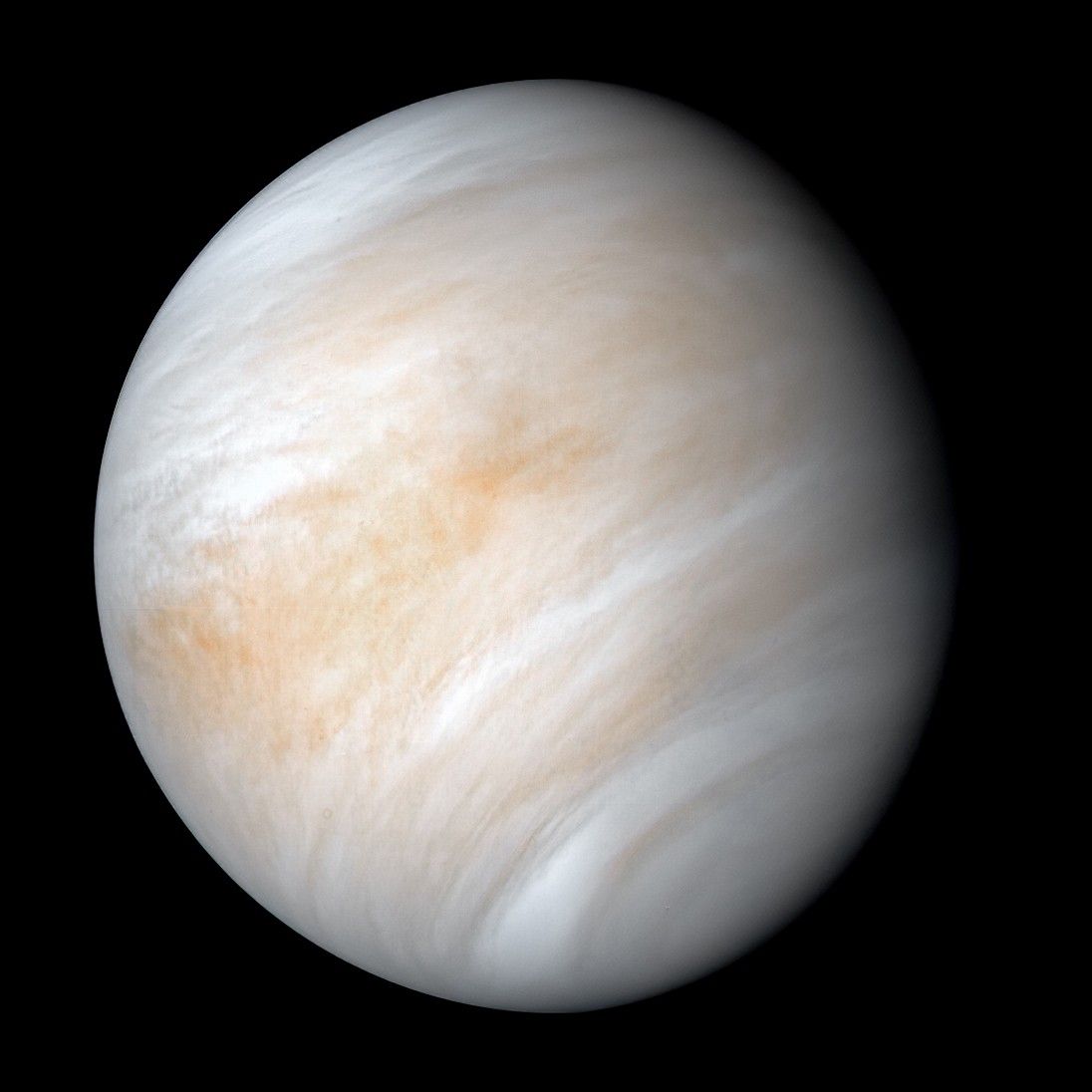

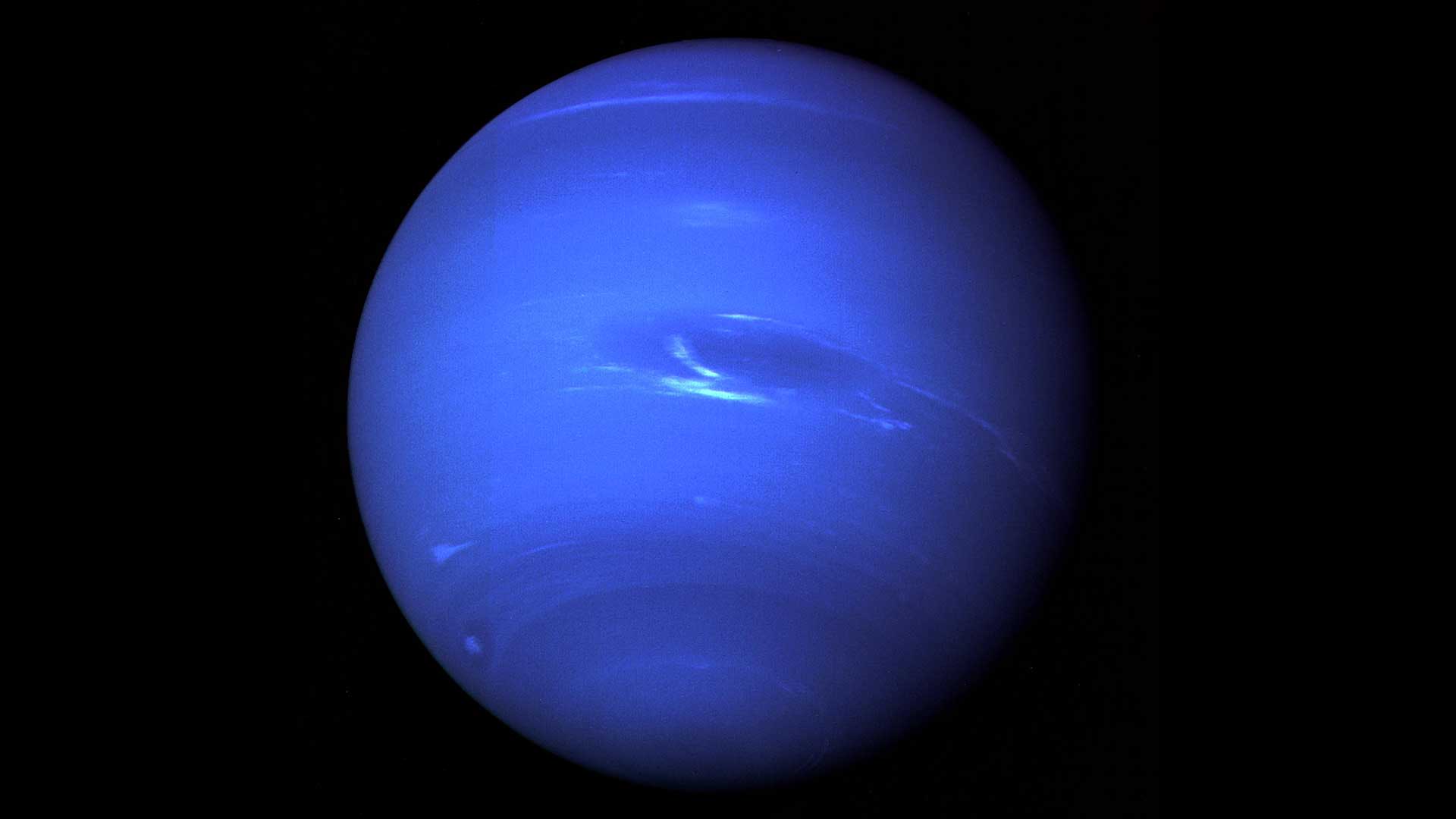

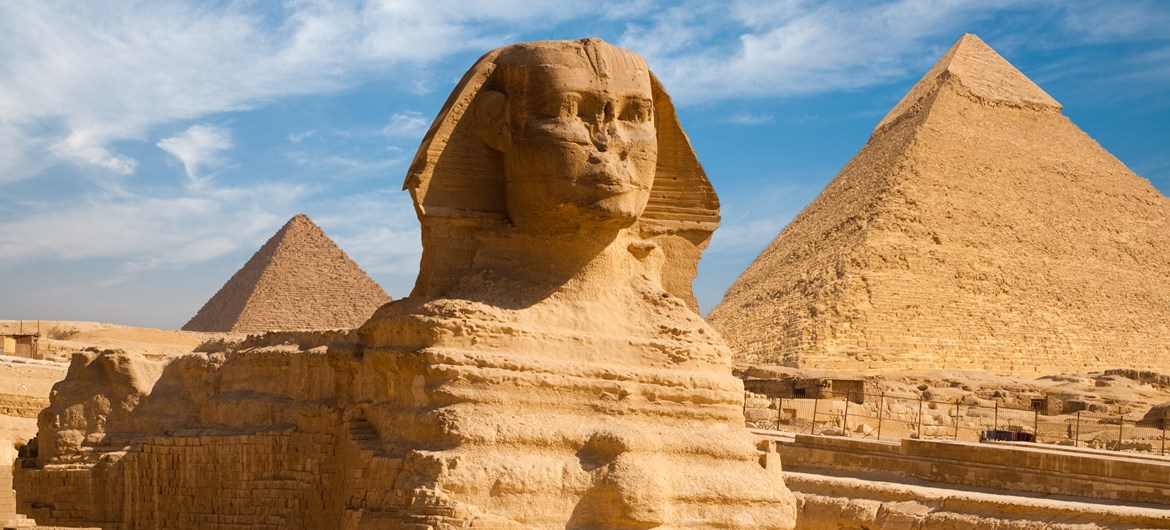
/https://tf-cmsv2-smithsonianmag-media.s3.amazonaws.com/filer_public/54/66/546650fa-26a4-40fd-8d6d-5a7a04540f81/rosetta2.png)
:max_bytes(150000):strip_icc():focal(999x0:1001x2)/robert-prevost-050825-1-39395418ab494da5a3a700c9478e66c8.jpg)


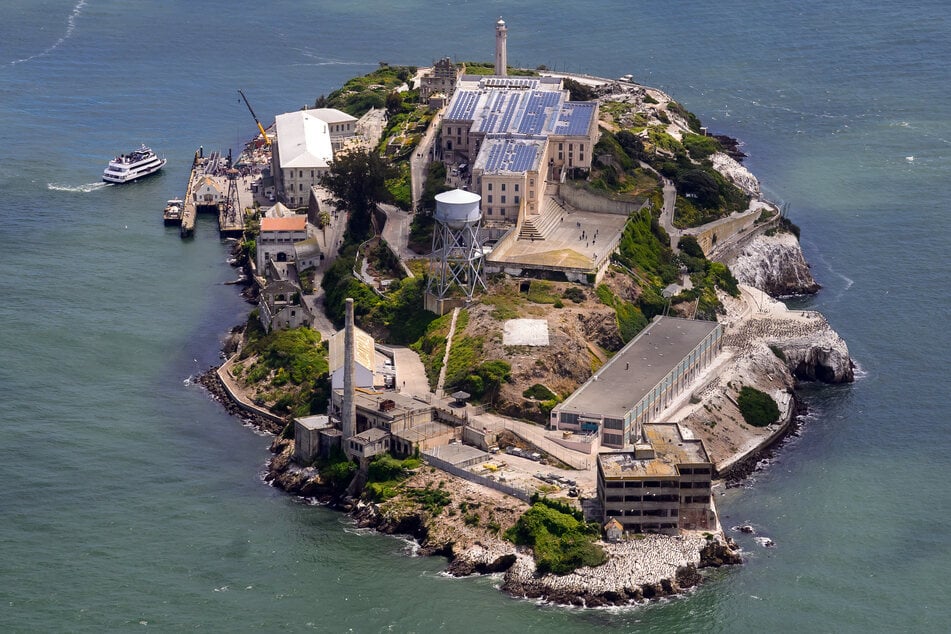























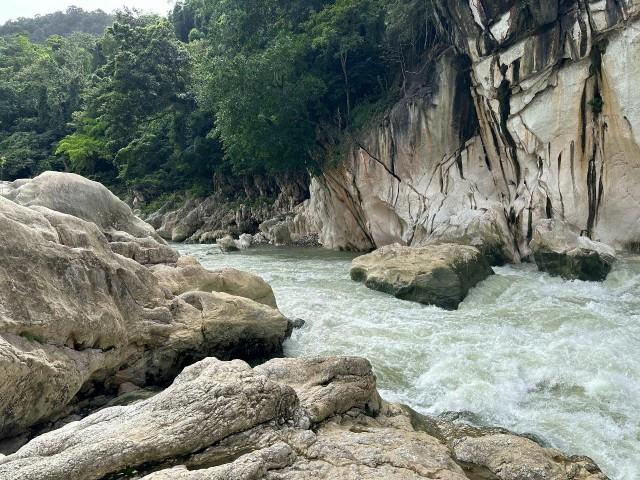















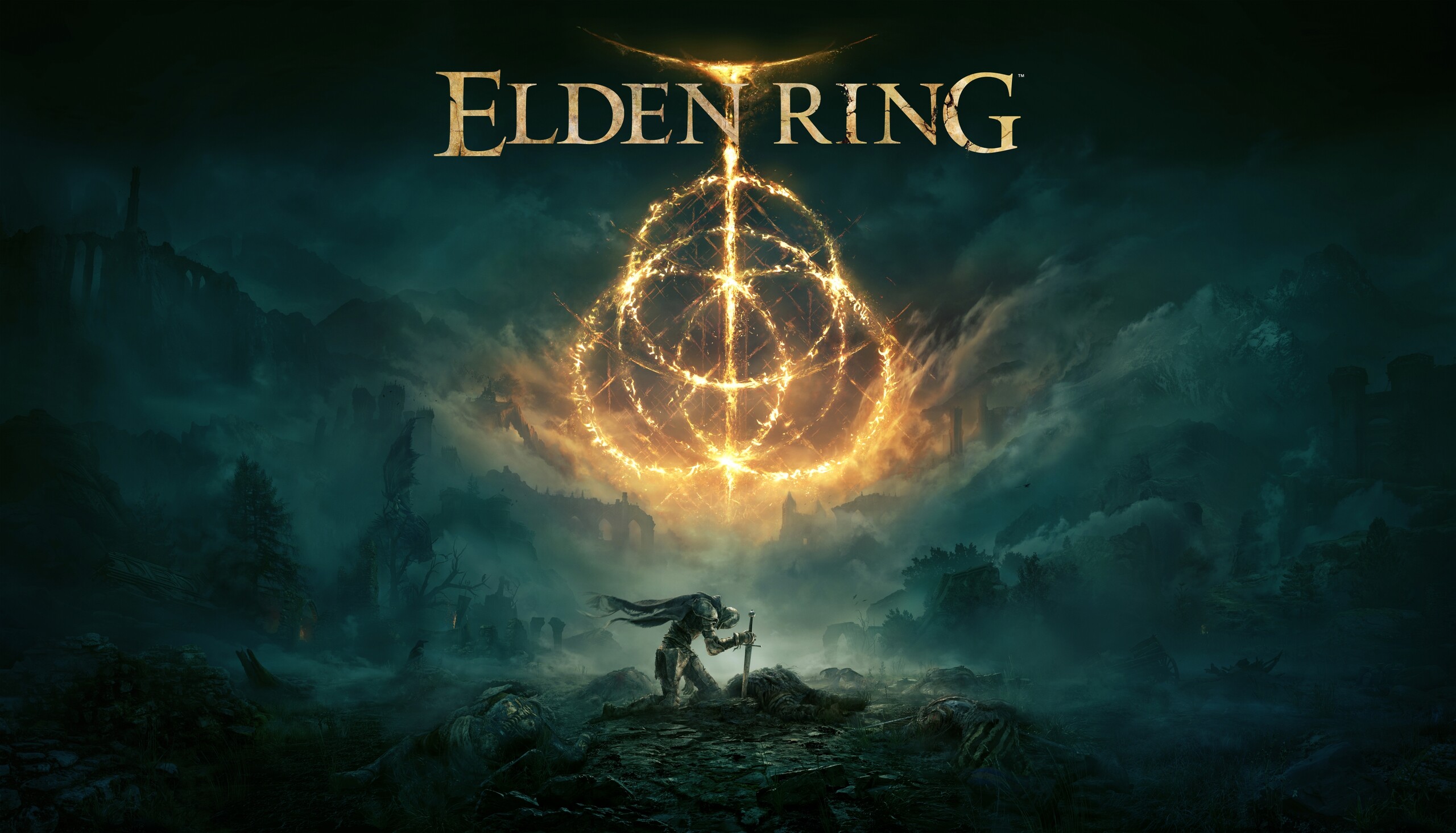




format(webp))
format(webp))











